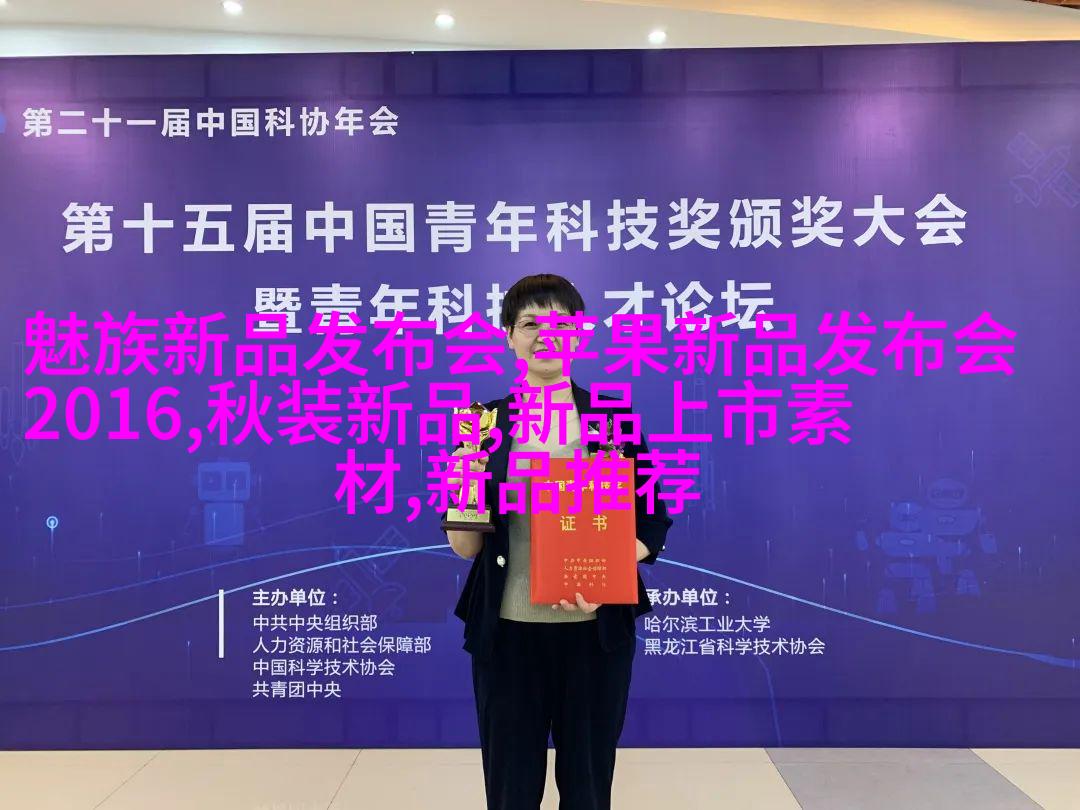2025-03-19 新品 0
新能源汽车技术要学什么

引言
随着全球气候变化和环境保护意识的提升,新能源汽车(NEV)作为替代传统燃油车辆的重要途径,其技术研究与发展已成为国际关注的焦点。本文旨在探讨新能源汽车技术中关键学习点,并对其未来发展趋势进行展望。

1. 电动车电池技术
总结:电池是推动电动车前进的“心脏”
1.1 电池类型
1.1.1 锂离子电池

锂离子电池因其高能量密度、较长使用寿命以及充放电效率高等特点,在现有的商业化应用中占据主导地位。然而,它们也面临着成本问题,需要通过规模化生产来降低单体成本。
1.1.2 钠硫(Na-S)和钠铵(Na-NiCl2)储能系统

这些储能系统具有更高安全性、更长寿命和更低成本,但目前尚未达到市场可行性。
1.2 高性能材料开发

为了提高整体性能,研发高性能材料成为了重点工作,如优质锂离子阴极材料、高分子基准正极材料等,以此提升整体系统表现。
1.3 冷却技术创新
热管理对于延长用车里程至关重要。冷却技术包括空气冷却、液态金属冷却甚至是蒸汽冷却等多种形式,这些都是当前研究中的热点话题。
2. 新能源驱动系统
总结:驱动系统决定了EV的运行效率与可靠性
2.0 电机设计与控制策略
2.0.1 永磁同步马达与异步交流马达选择分析
永磁同步马达因其结构简单、高效转换而广泛应用于EV,而异步交流马达则提供了更多灵活性的选项。
2.A 多级变速器及智能调速策略
多级变速器可以显著提高传递功率并减少能量损失,同时智能调速策略有助于实现最佳速度下滑坡带宽,使得驱动效果更加优化。
3. 载荷管理与节能模式
总结:载荷管理影响用户经济性和满意度
Load Management Strategies and Energy Efficiency Modes:
Charging Infrastructure Development and Grid Integration:
The development of charging infrastructure is crucial for the widespread adoption of EVs, as it directly impacts user convenience and driving range anxiety.
Future Prospects & Challenges:
With the rapid development of new energy technologies, NEVs are expected to play an increasingly important role in global transportation systems in the future.
However, several challenges need to be addressed before they can reach their full potential: battery costs must decrease significantly; charging infrastructure needs further expansion; and public awareness about EVs must increase.
Furthermore, policymakers should provide more support through incentives or regulations to encourage the transition from traditional fossil fuel-based vehicles to cleaner alternatives.
Conclusion:
New energy vehicle technology has made tremendous progress in recent years but still faces significant challenges ahead.
As we continue on this path towards a greener future,
it is essential that we focus on key areas such as advanced battery technologies,
improved electric motor designs,
and expanded charging infrastructure while addressing obstacles like cost reduction,
public acceptance, and regulatory support.
By doing so, we can unlock the full potential of NEVs and make them not only more accessible but also a viable alternative for sustainable transportation solutions worldwide